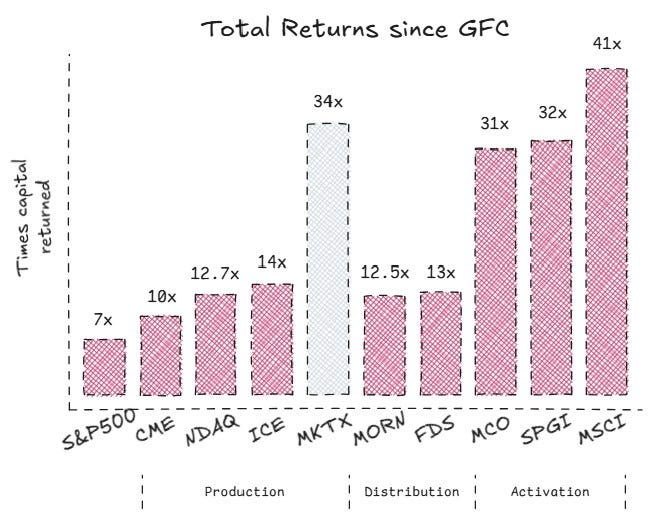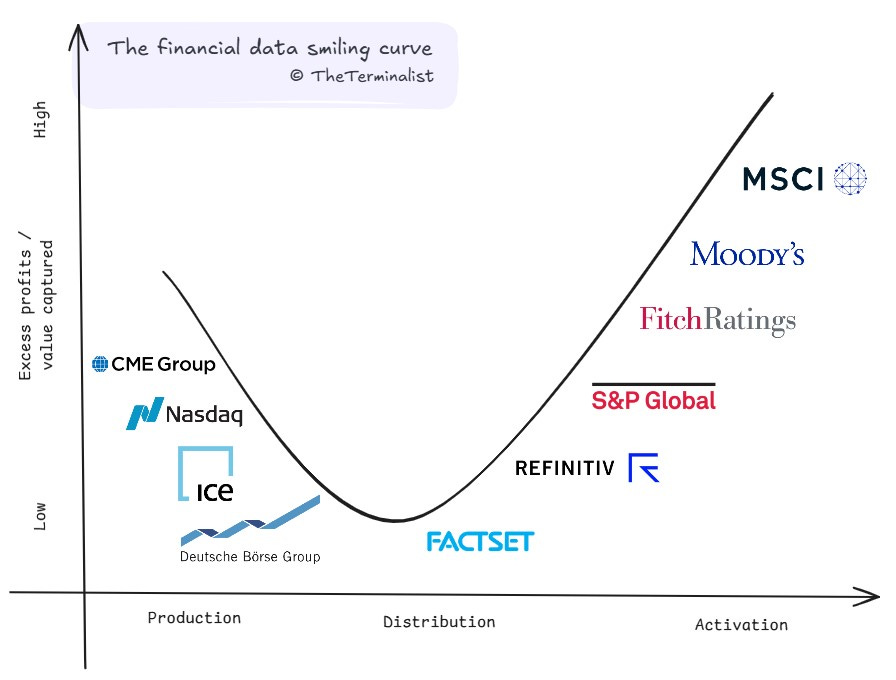
The competitive landscape of fixed income data providers is a complex tapestry woven with technological advancements, market strategies, and the relentless pursuit of market share. Dominated by major players such as Intercontinental Exchange (ICE), Bloomberg, and Refinitiv, the industry is witnessing a transformative phase driven by the increasing demand for real-time data and sophisticated analytics. This article delves into the comparative analysis of these giants, highlighting their recent innovations and market impacts, with a particular emphasis on ICE's strategic advancements in the Canadian fixed income market.
In recent years, ICE has bolstered its position in the fixed income space through a series of strategic enhancements, specifically targeting the Canadian market. The introduction of intraday pricing and analytics for over 80,000 Canadian fixed income securities marks a significant leap in its data offering. This initiative, in collaboration with CanDeal DNA, a leading provider of data services for Canadian dollar debt securities, underscores ICE's commitment to delivering timely price discovery and insights. By providing hourly updates from 8 AM to 5 PM ET, ICE not only enhances market efficiency but also reduces information asymmetry, a critical factor in less liquid market segments.

The integration with CanDeal DNA is a strategic move to fortify ICE's existing suite of pricing and analytics products, offering traders and investors a high-resolution view into intraday price volatility. According to Chris Edmonds, President of Fixed Income & Data Services at ICE, this collaboration represents a major value-add for clients, facilitating more informed investment decisions and better risk management. The enhanced frequency of data updates aligns with the broader trend of market electronification, where real-time data becomes indispensable for automated trading systems and risk management platforms.
In contrast, Bloomberg remains a formidable competitor with its comprehensive suite of financial data and analytics tools. Renowned for its Bloomberg Terminal, the company provides extensive coverage across various asset classes, including fixed income, through its robust data infrastructure. Bloomberg's strength lies in its ability to integrate vast amounts of data with powerful analytics, offering users unparalleled access to market insights and decision-making tools. The terminal's user-friendly interface, coupled with its analytic prowess, ensures that Bloomberg continues to be a preferred choice for traders and financial institutions globally.

Similarly, Refinitiv, now part of the London Stock Exchange Group, leverages its expansive data ecosystem to provide in-depth insights into fixed income markets. Refinitiv's offerings are characterized by their breadth and depth, covering a wide range of instruments and geographies. The platform's integration with LSEG's market infrastructure enhances its capabilities, providing users with seamless access to high-quality data and analytics. Refinitiv's strength in fixed income data is further augmented by its focus on sustainability and environmental, social, and governance (ESG) factors, catering to the growing demand for responsible investment insights.
The competitive dynamics between these data providers are shaped by their technological innovations and strategic partnerships. ICE's recent advancements in the Canadian market exemplify how technological integration can enhance market participation and efficiency. By offering more frequent pricing updates, ICE strengthens its position against Bloomberg and Refinitiv, particularly in the Canadian fixed income data market. This move not only reinforces ICE's market share but also sets a precedent for future innovations in data delivery and market intelligence.
Moreover, the push for real-time data and analytics reflects a broader industry trend towards automation and digitization. The ability to access timely and accurate market data is increasingly crucial for traders and investors seeking to navigate complex market environments. As electronic trading systems become more prevalent, the demand for high-quality data and analytics will continue to escalate, driving further innovation among data providers.
In conclusion, the comparative analysis of fixed income data providers reveals an industry in transition, marked by technological advancements and strategic initiatives aimed at enhancing market efficiency and competitiveness. ICE's innovative approach in the Canadian market, alongside Bloomberg and Refinitiv's comprehensive data offerings, underscores the critical role of data providers in shaping the future of fixed income trading. As the industry continues to evolve, the ability to deliver timely, accurate, and actionable insights will remain a key differentiator, influencing market dynamics and investment decisions. For investors and market participants, staying abreast of these developments is essential to capitalize on emerging opportunities and manage risks effectively.